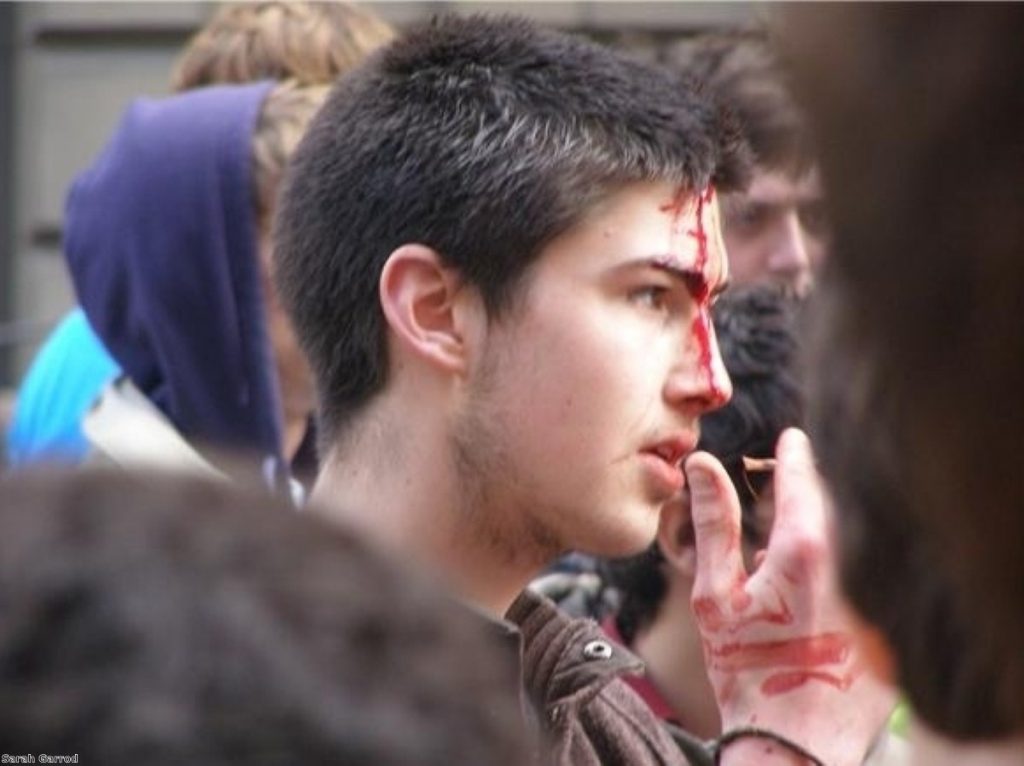Ian Tomlinson: The cover-up was worse than the crime
You are walking for the last Tube. You have plenty of time left, but someone in the corridor starts running. And once they do, someone else does, followed by another. It is very difficult to remain walking when others start running. Even when rationally you know there is no need to run, an inner bit of your brain – an animal bit – demands that you join the herd.
That's what it feels like when protests turn into riots. You can see how police and protestors stop thinking as individuals and start thinking as groups, as herds. A tribal, 'us vs them' mentality takes over.
That's how it was at the G20 protests when Ian Tomlinson was killed. I found most of the police that day to be calm, polite and respectful, even as they implemented policies which are entirely counter-productive, like kettling. But when the sun started to set and things got more violent, the usual herd mentality took over.
The violent Territorial Support Group replaced ordinary police. Their initial violent outbursts at protestors triggered a violent response back and pretty quickly we were in herd territory. I've seen this happen countless times.


The protestors who were left were caught up in the excitement of the moment – the outbreaks of violence, the waves of running, the challenge to authority, the way recognisable streets take on a new, dangerous character. The police responded in kind. Their response that day was heavy handed, but broadly commensurate with the scale of the disorder.
None of this is to excuse what happened to Ian Tomlinson. The behaviour of Simon Harwood was despicable, but it was a fairly common (and widespread) standard of brutality for when protests reach this level of conflict. It was appalling, but comprehensible, given the context.
What still shocks me is the PR exercise, the altering of history, the outrageous libel, which followed. It is perhaps more upsetting because it was so cynical and detached. There was no red mist to excuse it. It was an abuse of the power and reputation of the state.
After Tomlinson died, the Met said they had tried to help him but that protestors threw bottles to prevent them. This official account was loyally reported by most of the press. You can still find the sage analysis of crime reporters over the days which followed, much of it a line-by-line transcript of the Met briefing.
What an appalling and unnecessary libel it was. It showed the off-hand way the Met demonises demonstrators. It wasn't even connected to the death. It was just a flippant smear on the character of protestors, because they were protestors.
It makes you think. Reporters commonly guess the turnout numbers for demonstrations by finding the midpoint between the organisers' estimate and the police estimate. In the organiser's case, it is easy to see why they exaggerate. It is in their interests to do so.
But why is it in the police's interest to under-report the number? They are not invested. If anything, a higher number would make their policing operation look more efficient and impressive.
The answer, of course, is that police have the same instinctive dislike for demonstrators as demonstrators have for them. It's not so strange. Both groups are tasked with complicating life for the other.
But at its worst – and it's worst is relatively frequent – it translates into appalling abuses of power, typically in the form of a cover-ups complimented by smears. It is an old tactic.
We learned recently of probably the worst case study – the lies told about the dead at Hillsborough. It goes on today.
Today's apology by the Met repairs some of the damage.
But if you care about what happened to Ian Tomlinson, make a pledge to yourself to remember what the Met said about his killing when you next read press coverage of a major protest.
That is what it means to walk when others run – to keep your head when authorities try to fill it with lies.












